Every rustle in the garden, every slither among fallen leaves – these moments might signal the presence of a serpentine neighbor sharing your outdoor space. While many homeowners react with alarm at the sight of a snake, understanding these remarkable reptiles can transform fear into fascination. Across the United States, numerous snake species have adapted to human environments, making our yards part of their habitat. Some serve as natural pest controllers, keeping rodent populations in check, while others simply pass through on their own mysterious journeys. This guide explores ten common snake species you might encounter in your backyard, helping you identify these creatures and understand their ecological roles. From the harmless garter snake to the venomous copperhead, knowing who’s slithering through your garden promotes both safety and appreciation for these misunderstood animals.
Garter Snake (Thamnophis sirtalis)

Garter snakes are perhaps the most familiar backyard visitors across North America, recognized by their distinctive lengthwise stripes that run from head to tail. These adaptable reptiles typically grow between 18-26 inches long and display varying color patterns including combinations of green, brown, black, and yellow. Despite their sometimes startling appearance when encountered suddenly, garter snakes are completely harmless to humans and actually benefit gardens by controlling populations of slugs, earthworms, and small rodents. They’re remarkably resilient creatures, capable of living in diverse habitats from suburban gardens to woodland edges, and are among the few snake species that give birth to live young rather than laying eggs.
Eastern Rat Snake (Pantherophis alleghaniensis)

The Eastern Rat Snake, sometimes called the black rat snake, is a powerful constrictor that can reach impressive lengths of five to seven feet when fully grown. These predominantly black snakes with subtle white markings between scales are exceptional climbers, often ascending trees, shrubs, and occasionally even house walls in pursuit of their prey. Homeowners benefit tremendously from their presence as they’re voracious predators of rodents, consuming numerous mice and rats throughout the year, effectively providing free pest control services. Despite their imposing size, Eastern Rat Snakes are non-venomous and typically shy away from human interaction, preferring to slip away unnoticed when encountered, though they may vibrate their tails against leaves to mimic a rattlesnake when feeling threatened.
Ring-necked Snake (Diadophis punctatus)

The Ring-necked Snake is a small, secretive species rarely exceeding 15 inches in length, distinguished by its smooth, dark body (usually black, gray, or bluish-black) and bright orange-yellow ring around its neck. Unlike many larger snake species that might be spotted basking in the open, these diminutive reptiles spend much of their time hidden under logs, rocks, or leaf litter, making a chance encounter in your garden a special event. Their diet consists primarily of smaller prey including salamanders, earthworms, and tiny snakes, making them beneficial contributors to your garden’s ecosystem. Despite having mild venom delivered through rear fangs, Ring-necked Snakes pose absolutely no threat to humans as they rarely bite and their venom is designed for subduing their small prey rather than as a defense mechanism.
Copperhead (Agkistrodon contortrix)

The Copperhead is one of the venomous snakes that might appear in backyards, particularly in eastern and central United States regions with wooded areas nearby. These medium-sized pit vipers are identified by their distinctive hourglass-shaped crossbands in copper or reddish-brown hues against a lighter tan or pinkish background, along with their triangular heads and vertical pupils. Unlike many other snakes, Copperheads often freeze when threatened rather than fleeing, making accidental encounters more likely when gardening or working in leaf piles where they might be camouflaged. While their venom is rarely life-threatening to healthy adults, a Copperhead bite requires immediate medical attention and can cause significant pain, tissue damage, and potential complications, especially in children or elderly individuals. Homeowners in Copperhead territory should exercise caution when reaching into dense vegetation, woodpiles, or rock formations where these snakes might rest.
Common Kingsnake (Lampropeltis getula)

The Common Kingsnake is a remarkable reptile that earns its regal name through its habit of preying upon other snakes, including venomous species like rattlesnakes and copperheads, against whose venom they possess natural immunity. These glossy-scaled snakes display striking pattern variations depending on their regional subspecies, from the distinctive white-banded pattern of the Eastern Kingsnake to the speckled appearance of the Speckled Kingsnake. Growing to between three and five feet in length, Kingsnakes are powerful constrictors that bring significant benefits to residential areas by controlling rodent populations and reducing the presence of venomous snakes. Despite their intimidating appearance and tendency to vigorously defend themselves when handled (including musking, a defensive odor release), these non-venomous snakes pose no real threat to humans and deserve appreciation as beneficial wildlife.
Ribbon Snake (Thamnophis saurita)

Ribbon Snakes are slender, elegant relatives of the garter snake, distinguished by their more streamlined bodies and three bright longitudinal stripes against a dark background. These semi-aquatic serpents show a strong preference for environments near water, making them common visitors to backyards with ponds, streams, or marshy areas where they hunt for their preferred prey of amphibians and small fish. Unlike many other snake species that might seem sluggish, Ribbon Snakes are remarkably quick and agile, capable of swift escapes when they sense potential danger approaching. Their gentle nature and reluctance to bite makes them among the least threatening backyard visitors, though they may release a musky odor when handled – a harmless but effective deterrent against would-be predators or curious humans attempting to capture them.
Gopher Snake (Pituophis catenifer)

The Gopher Snake, also known as the Bullsnake in some regions, is a large, powerful constrictor that can reach impressive lengths of up to eight feet, making it one of the largest non-venomous snakes you might encounter in your yard. These impressive reptiles earn their name from their preference for hunting pocket gophers and other burrowing rodents, though their diet extends to include rats, mice, birds, and occasionally eggs. When threatened, Gopher Snakes put on a convincing defensive display by flattening their heads, hissing loudly, and vibrating their tails in leaf litter to mimic a rattlesnake – a bluff that often leads to misidentification and unnecessary killing by frightened homeowners. Their exceptional value as natural rodent controllers cannot be overstated, as a single Gopher Snake can consume dozens of destructive rodents annually, providing eco-friendly pest management for properties lucky enough to host them.
DeKay’s Brownsnake (Storeria dekayi)

DeKay’s Brownsnake is a diminutive species rarely exceeding 12 inches in length, making it one of the smallest serpents you might discover while gardening or moving landscape materials. These unassuming brown or grayish snakes feature subtle dark spots running along their backs and are frequently mistaken for baby versions of larger species, though they’re simply small-statured adults going about their business. Gardens particularly benefit from their presence as they specialize in consuming slugs, snails, and earthworms – the first two being notorious plant destroyers that many gardeners battle constantly. Despite their small size, these snakes show remarkable adaptability to human environments, thriving in suburban gardens, parks, and even dense urban areas where small patches of habitat remain available to them. When handled, they rarely attempt to bite, instead releasing a musky odor or playing dead by going limp – harmless defensive tactics from a beneficial backyard resident.
Rough Green Snake (Opheodrys aestivus)

The Rough Green Snake presents one of nature’s most vibrant displays with its brilliant grass-green coloration that provides perfect camouflage among foliage where it spends much of its time. These slender arboreal snakes typically measure between 2-3 feet long and possess keeled scales that give them their “rough” designation, though they feel merely textured rather than truly rough when handled. Unlike ground-dwelling species, Rough Green Snakes are primarily insectivores, consuming large quantities of grasshoppers, crickets, caterpillars, and other pest insects that might otherwise damage garden plants or ornamental shrubs. Their gentle temperament makes them among the least defensive snakes in North America – when captured, they rarely bite and instead rely on their remarkable camouflage as their primary defense against predators. Unfortunately, they’re frequently victims of lawn mowers and weed trimmers due to their perfect vegetation-matching coloration, highlighting the importance of carefully checking areas before yard maintenance.
Eastern Hognose Snake (Heterodon platirhinos)

The Eastern Hognose Snake might win the award for most dramatic backyard visitor with its remarkable defensive behaviors that have earned it nicknames like “puff adder” and “spreading adder.” These medium-sized snakes possess a distinctive upturned snout used for digging and are identified by their variable coloration ranging from yellow and orange to brown and gray, often with dark blotches. When threatened, they perform an elaborate defensive display beginning with spreading their neck like a cobra while hissing loudly, followed by mock strikes with closed mouth if the threat persists. If these intimidation tactics fail, the Hognose executes one of nature’s most convincing death performances – rolling onto its back, mouth agape, tongue hanging out, and sometimes even releasing a foul-smelling musk while remaining completely limp even when handled. Despite their theatrical nature, these beneficial snakes are completely harmless to humans and specialize in eating toads that other predators avoid due to their toxic skin secretions.
Western Terrestrial Garter Snake (Thamnophis elegans)

The Western Terrestrial Garter Snake represents an important serpent species across western North America, displaying considerable variation in coloration depending on locality, though most feature three longitudinal stripes against backgrounds ranging from olive-green to brown or black. Adaptable to diverse habitats from moist coastal areas to dry inland regions, these snakes frequent residential gardens with adequate cover and water sources, particularly those with naturalistic landscaping. Their diet is remarkably varied compared to many other snake species, encompassing everything from slugs and earthworms to small amphibians, fish, and even small mammals depending on availability. Western Terrestrial Garter Snakes possess mild venom delivered through rear fangs, though it’s effectively harmless to humans and used primarily to subdue prey rather than as a defensive mechanism. Gardeners benefit from their presence as they help maintain balanced ecosystems by controlling various potential pest populations while themselves serving as prey for larger predators like hawks and owls.
Recognizing the Difference Between Venomous and Non-venomous Species
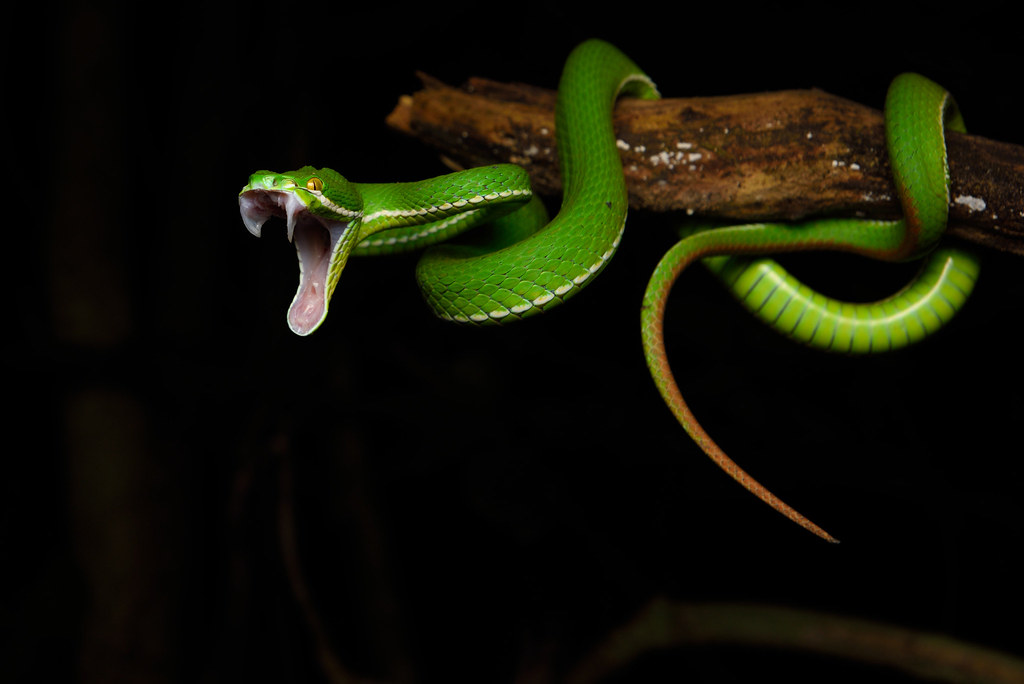
Understanding key visual differences between venomous and non-venomous snakes provides crucial knowledge for backyard encounters, though these guidelines have exceptions and shouldn’t replace professional identification when safety concerns exist. Venomous species in the US typically (but not always) display triangular-shaped heads distinct from their necks, vertical elliptical pupils similar to cats, and specialized heat-sensing pits between the eye and nostril if they’re pit vipers like rattlesnakes, copperheads, or cottonmouths. Body shape can also provide clues, with many venomous species having thicker, more robust bodies relative to their length compared to the more slender builds of many harmless snakes. However, numerous non-venomous species have evolved to mimic these dangerous characteristics through head-flattening behaviors or similar coloration, making positive identification challenging for the untrained eye. The safest approach when encountering any unknown snake is to maintain a respectful distance while appreciating these remarkable creatures from afar, remembering that even venomous species prefer avoiding human interaction when given the opportunity.
Creating a Snake-Friendly (or Snake-Deterrent) Yard

Homeowners can intentionally influence snake presence in their yards through specific landscaping and maintenance practices, whether the goal is to welcome these beneficial creatures or discourage their visits. To create a snake-friendly environment, maintain areas of natural cover like rock piles, log stacks, or native groundcovers that provide essential shelter while ensuring water sources are available through features like small ponds or regularly filled dishes in secluded areas. Alternatively, those wishing to minimize snake encounters should eliminate potential hiding places by keeping grass closely mowed, removing brush piles and accumulated leaves, and elevating woodpiles on platforms rather than placing them directly on the ground. Sealing potential entry points into structures with hardware cloth or appropriate sealants prevents unwanted indoor explorations, while removing food sources through effective rodent control eliminates a primary attraction for many snake species. Regardless of your preference, avoid using chemical snake repellents which typically prove ineffective while potentially harming beneficial wildlife, pets, and the environment.
In our journey through America’s backyards, we’ve encountered a diverse cast of serpentine characters – from the helpful garter snake patrolling for garden pests to the cautiously respected copperhead deserving our attentive awareness. These ten species represent just a fraction of the rich snake diversity that exists across the United States, each filling an ecological niche and contributing to the natural balance of our environments. Whether you view them as welcome visitors or prefer to admire them from a distance, understanding these remarkable reptiles transforms our perspective from fear to informed respect. By learning to identify common backyard snakes and appreciating their ecological roles, we take an important step toward coexisting with the wildlife that surrounds us. Remember, in most encounters, snakes are simply passing through, more afraid of us than we are of them, deserving the space and respect we extend to all wild creatures sharing our increasingly human-dominated landscape.

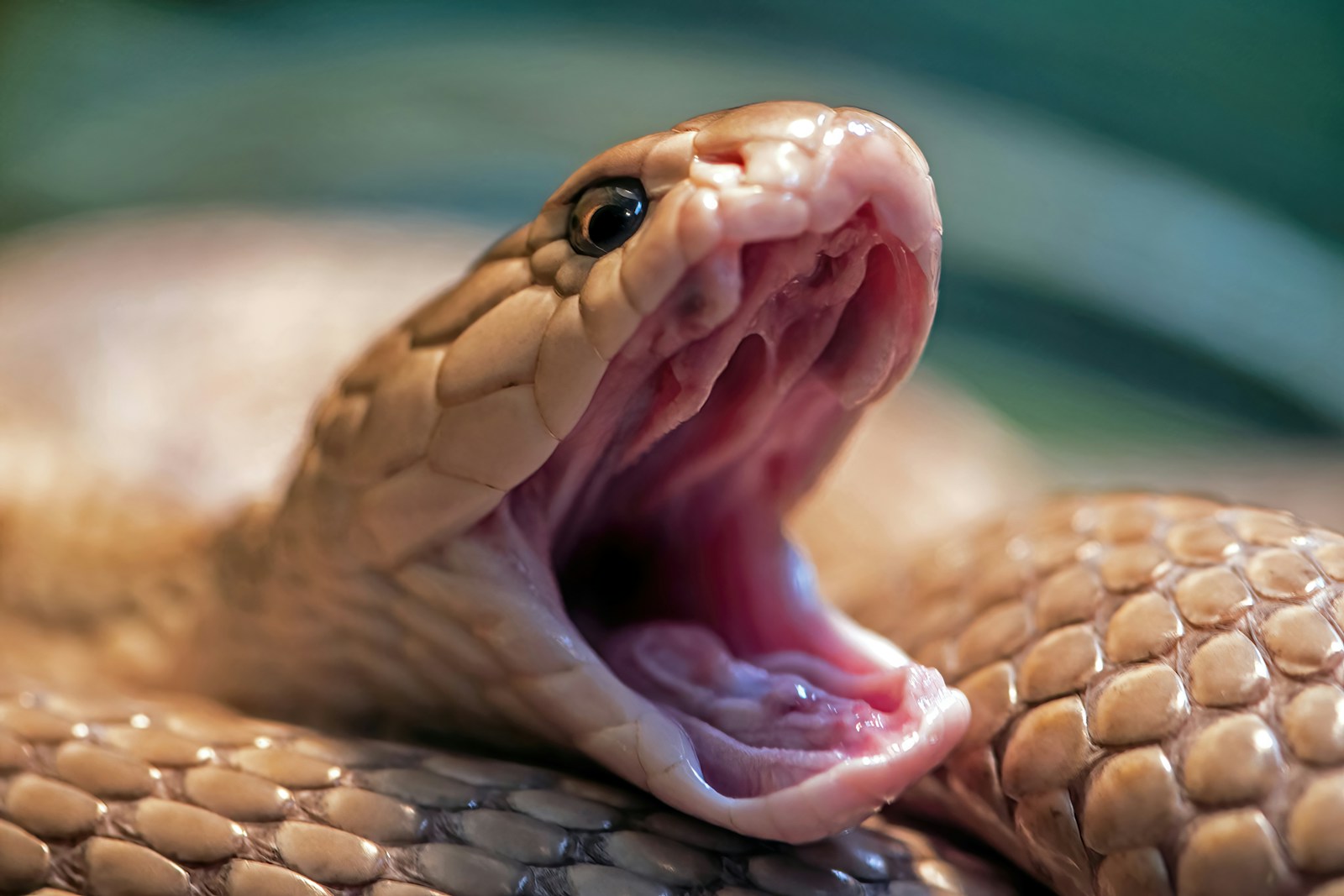
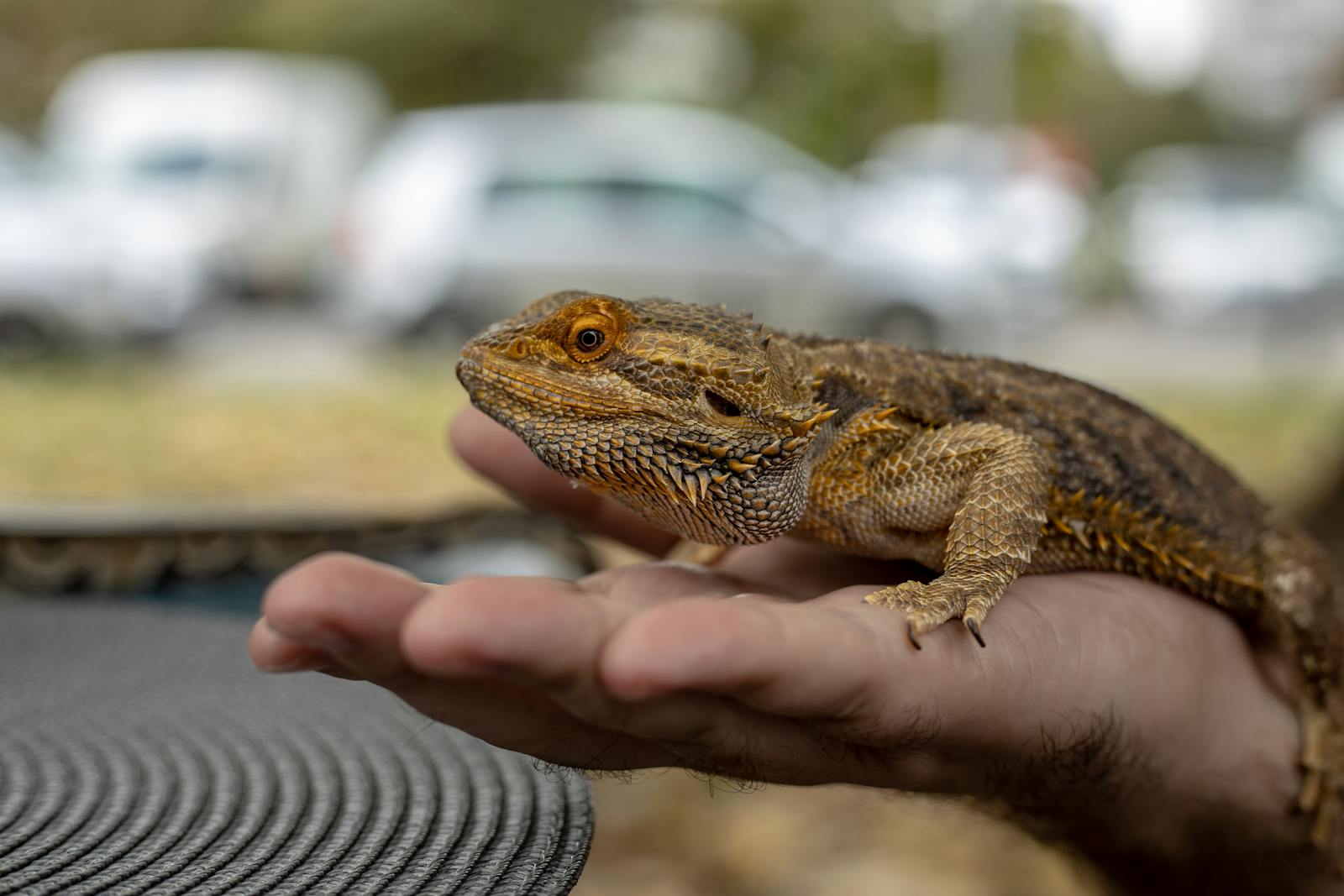
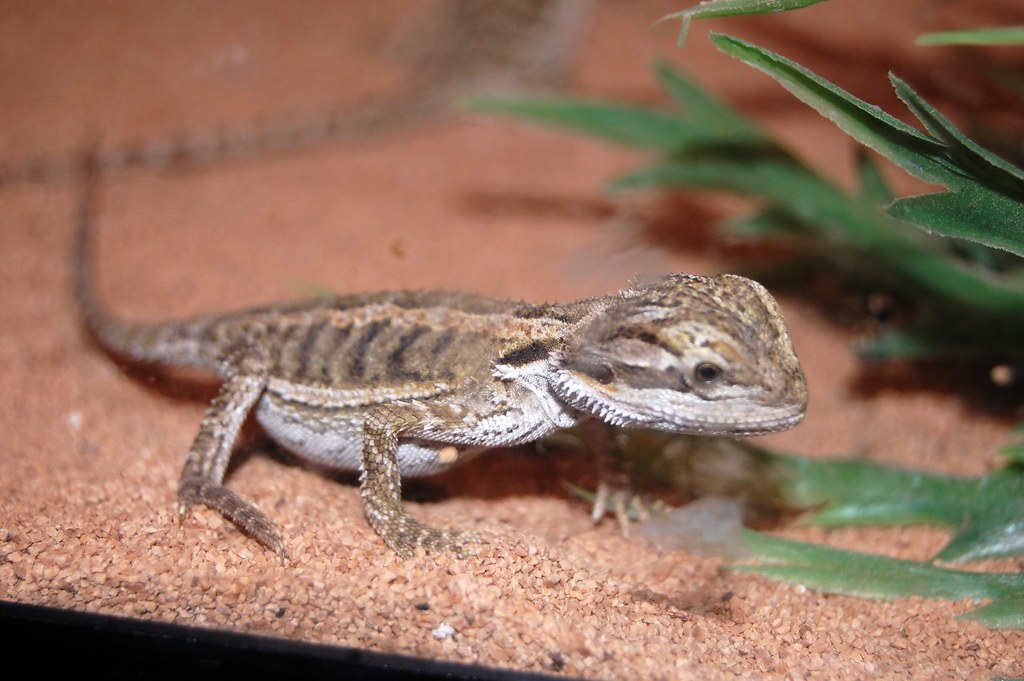
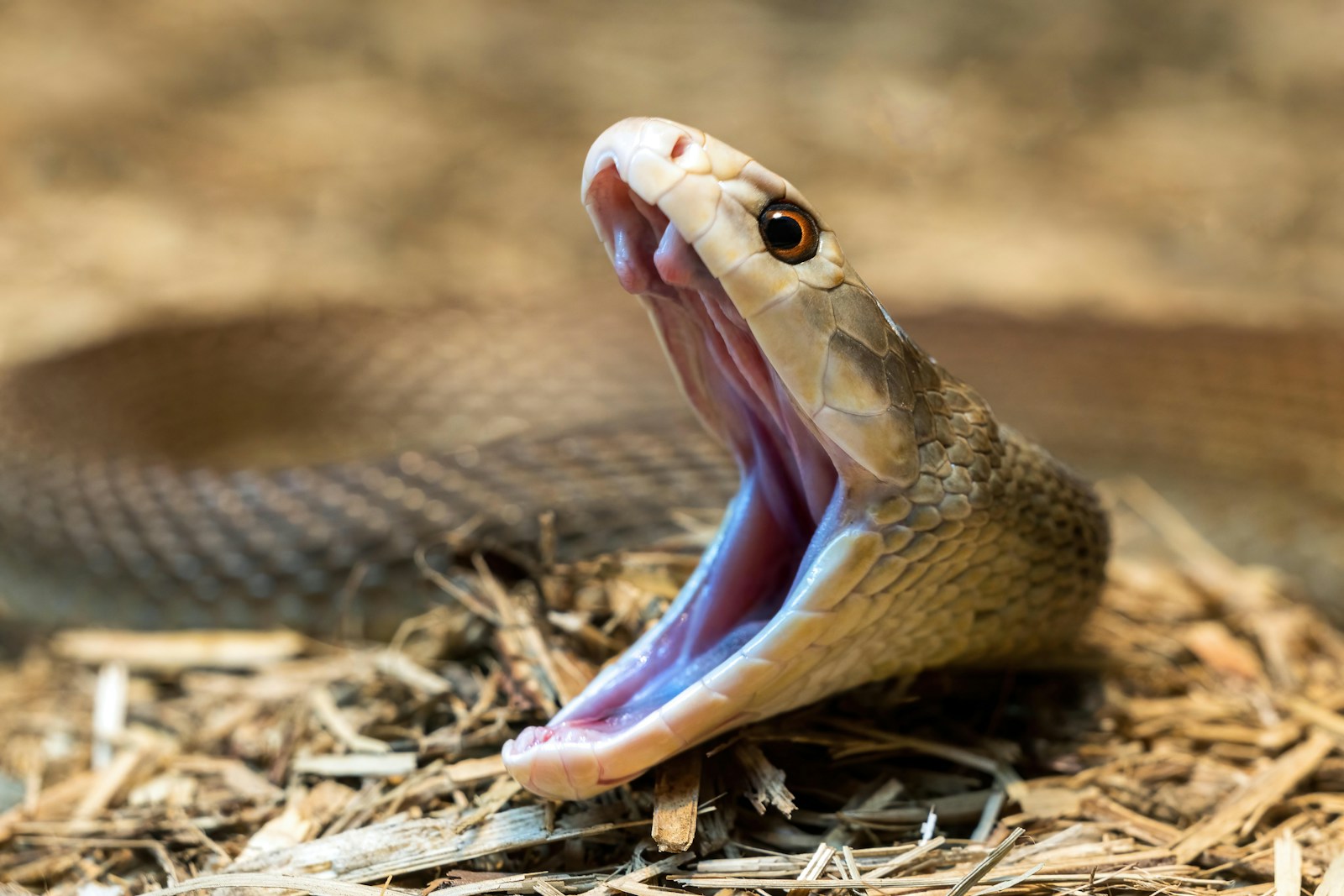
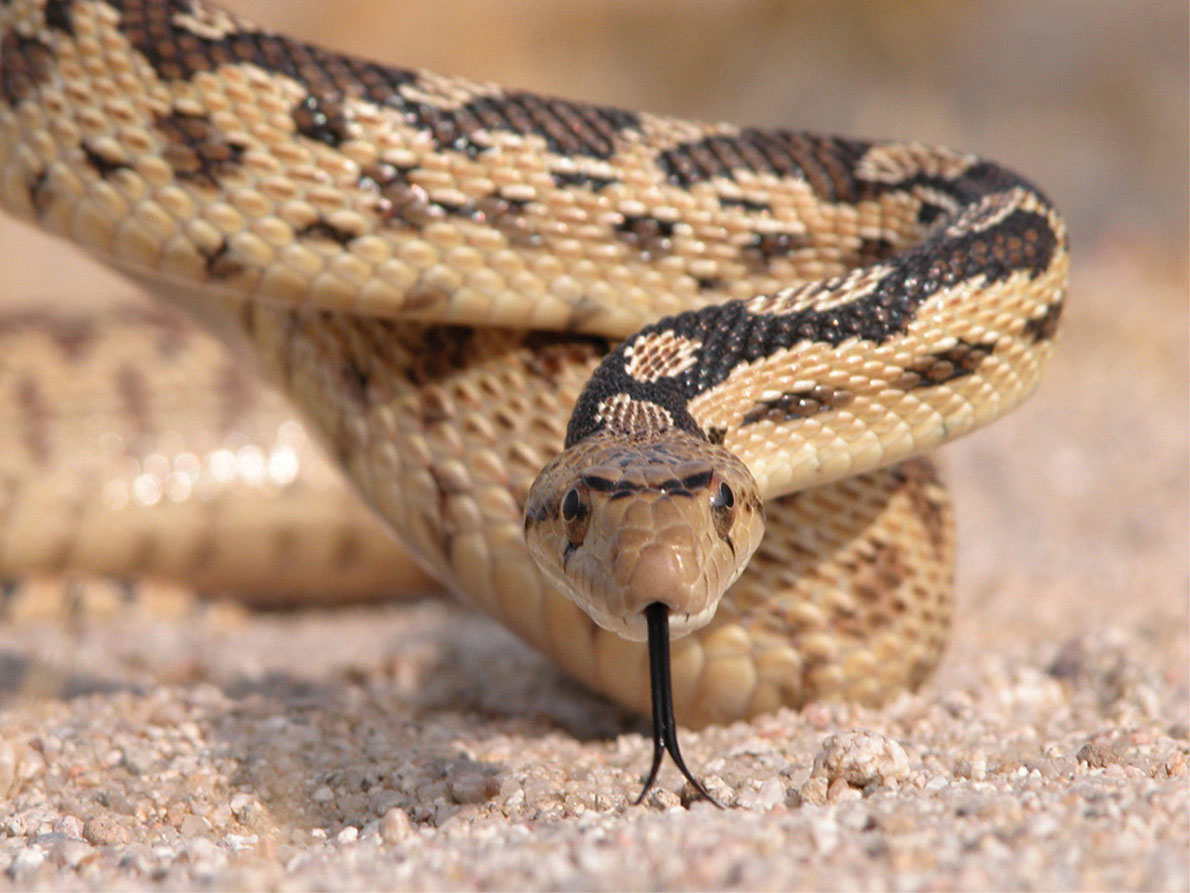

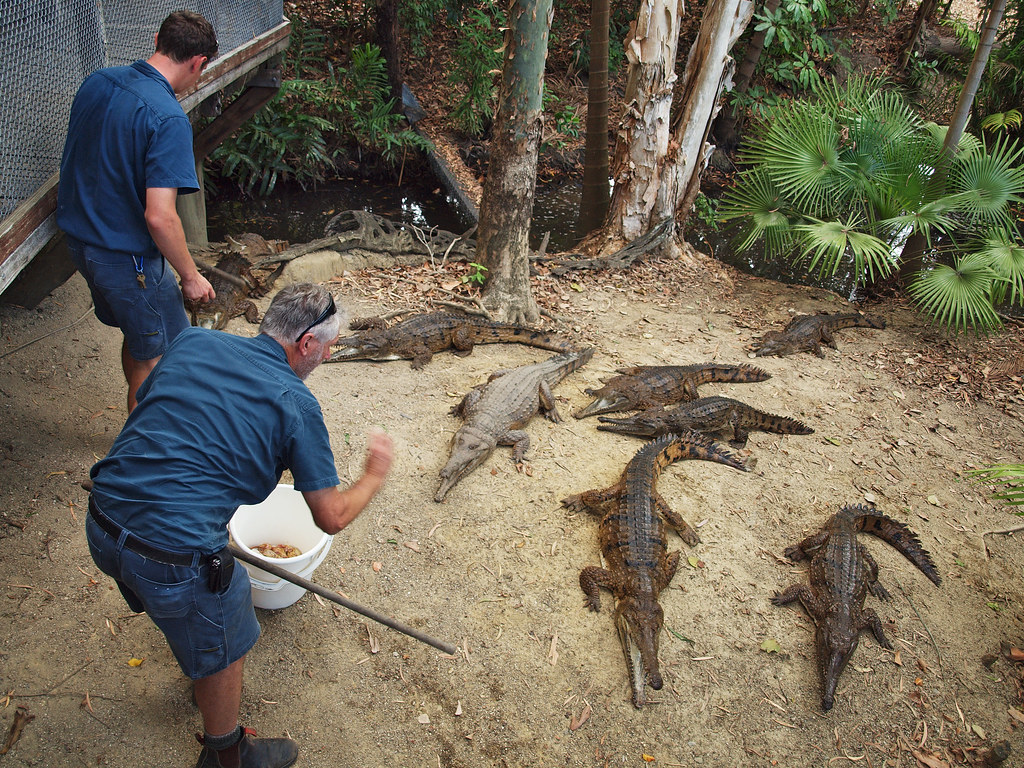
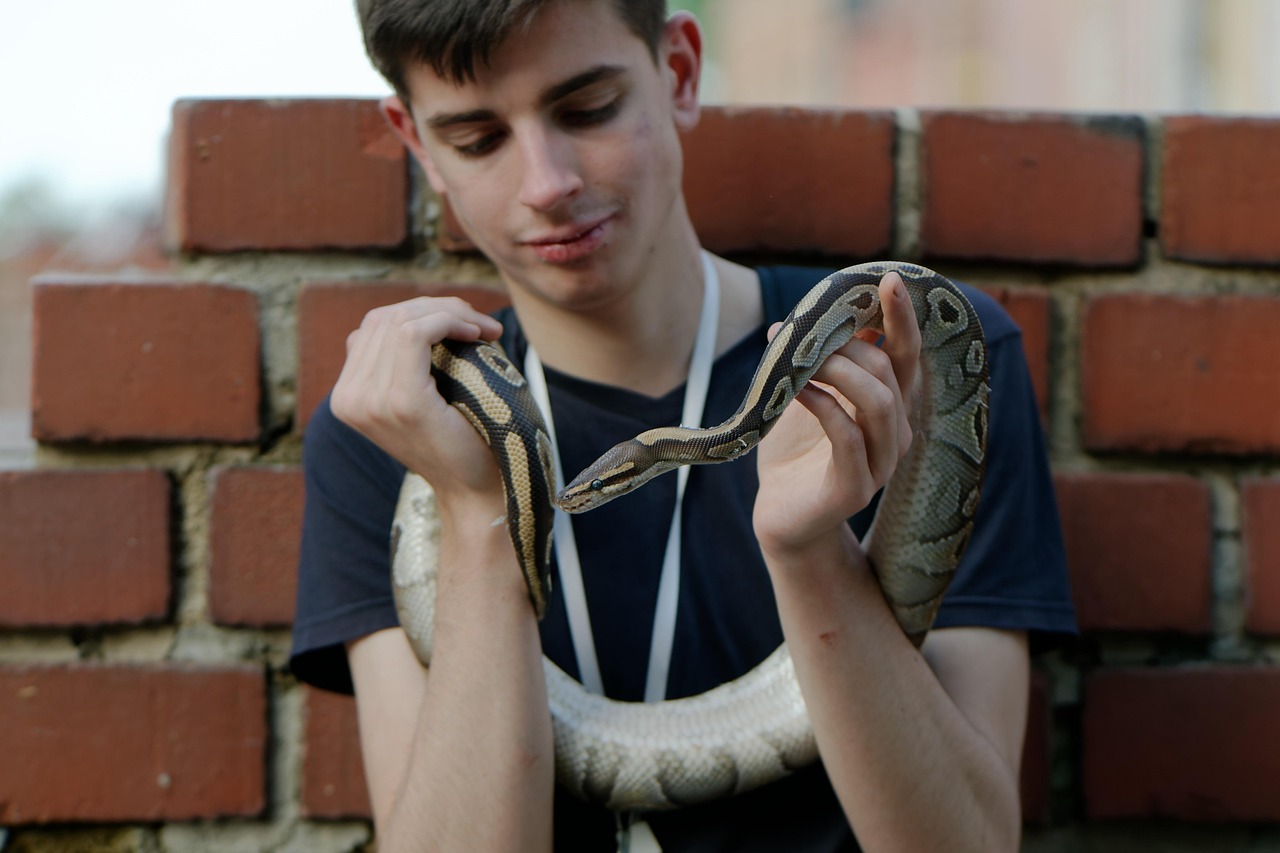
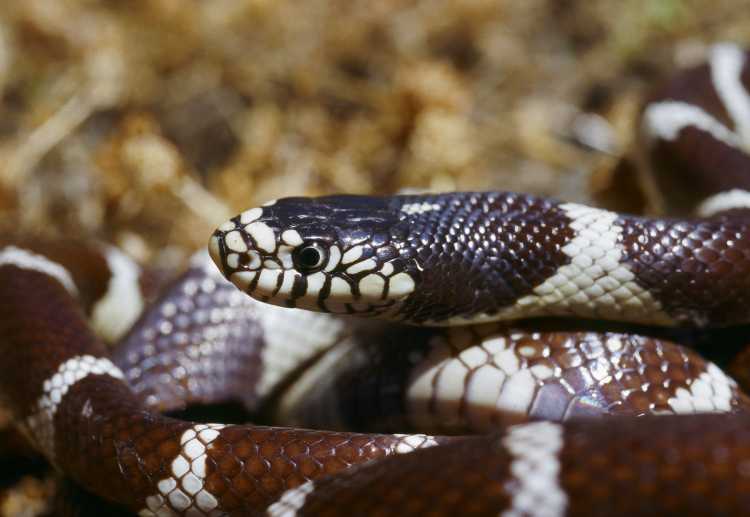
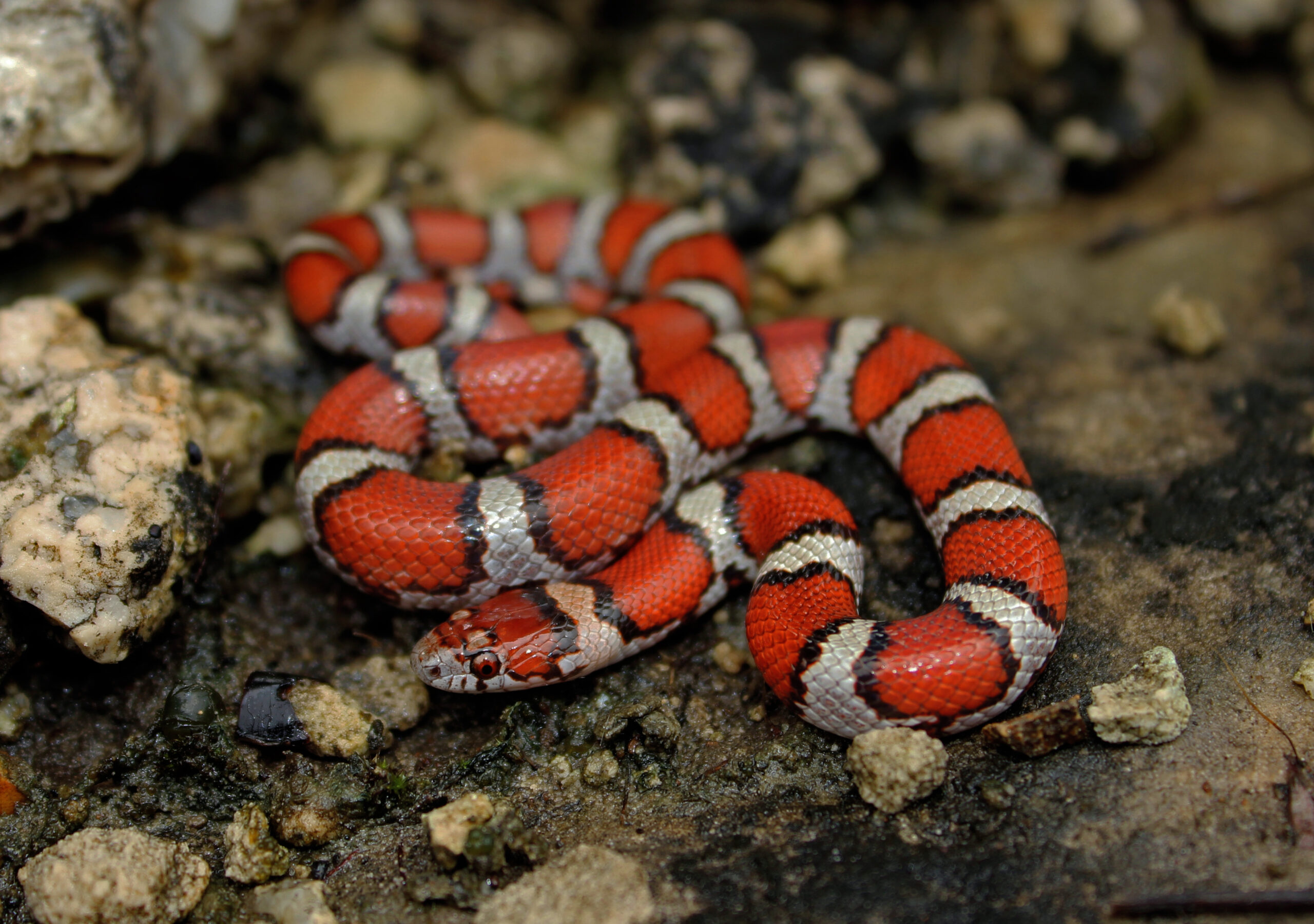




Leave a Reply